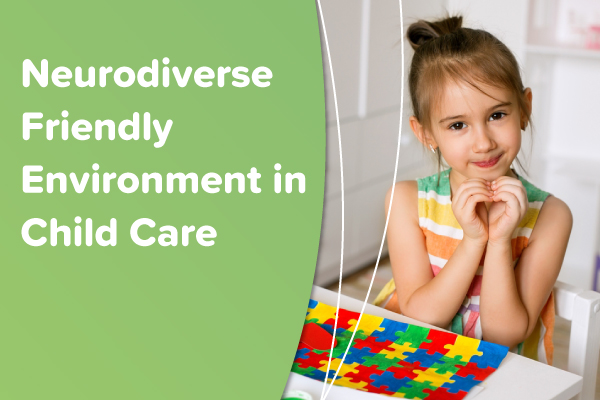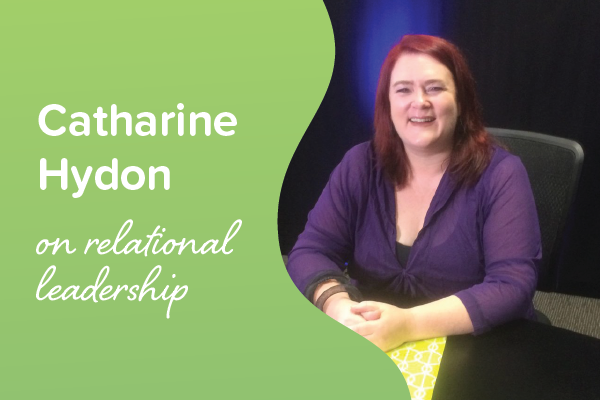
All adults were children once and just like adults, children’s temperament and personalities can vary a lot. Working in child care settings, you’re likely to care for children with many different personalities, including handling a child’s temper from time to time.
Coming face to face with child’s temper tantrum can be confronting and upsetting, as well as frustrating. Remember, children don’t have the ability to self-regulate their emotions like we can
What causes a child’s temper to flare up
There are many reasons you might experience a child’s temper tantrum in your care.
Hunger can cause children to act out and become angry or frustrated, as can tiredness and overstimulation.
In some cases, a child’s temperament may be the reason for temper issues. Some children have a harder time with things like transitioning between activities, and just generally have more intense responses to positive or negative stimuli.
How to handle a child’s temper
When you have a child in your care who is experiencing a temper tantrum, there are three main things you can do.
- Stay calm
Keep your cool and stay calm. This is important for several reasons, including keeping the other children in your care calm, minimising any further aggravation to the child having the tantrum, setting an example and even to control your own temper. A calm voice and demeanour is the best approach when faced with a child’s temper, or anyone’s temper.
- Give them time
If your calm words do not result in the child’s temper cooling, time is often the only thing you can give the child. Wait it out and as challenging as it may seem, try not to make a big deal out of it.
- Talk about it
Acknowledging the child’s feelings and showing that you understand and care can help children to understand themselves better. They’ll feel more comfortable to express their emotions in a safe way. Don’t do this until they are well and truly over their tantrum. You can even use temper issues to discuss feelings and emotions with children, giving them the tools needed to get better as self-expression.
Missed the first two blogs in the series? Here they are!
Identifying potential behavioural issues in children
Understanding children’s temperament and personalities



